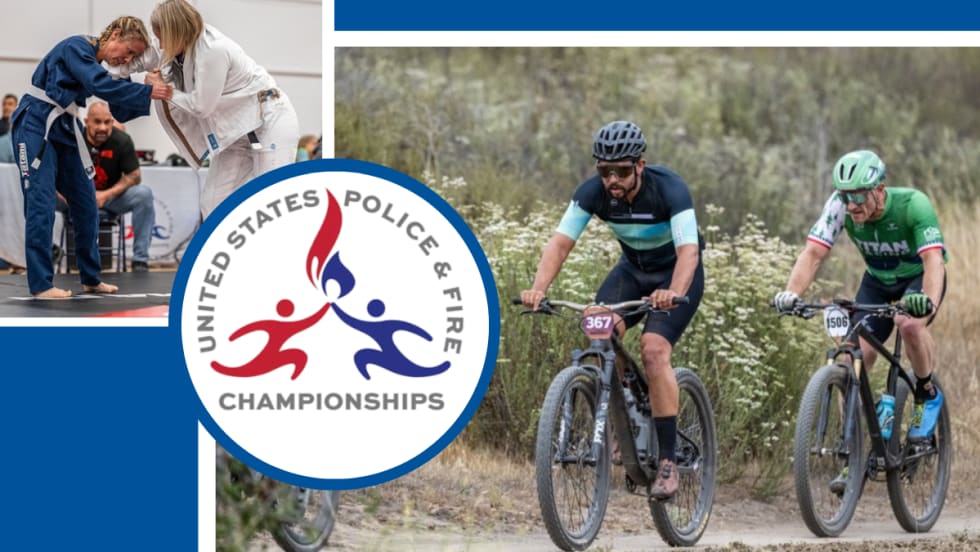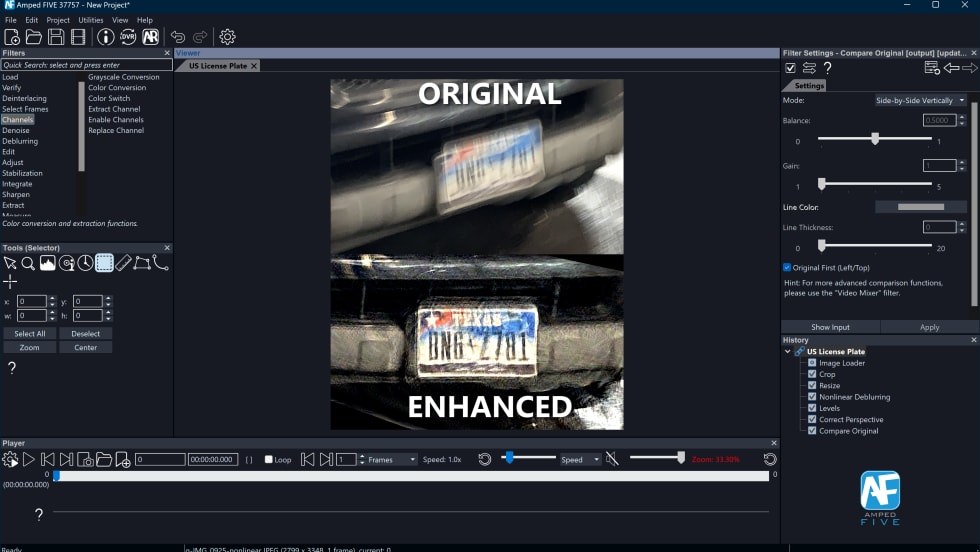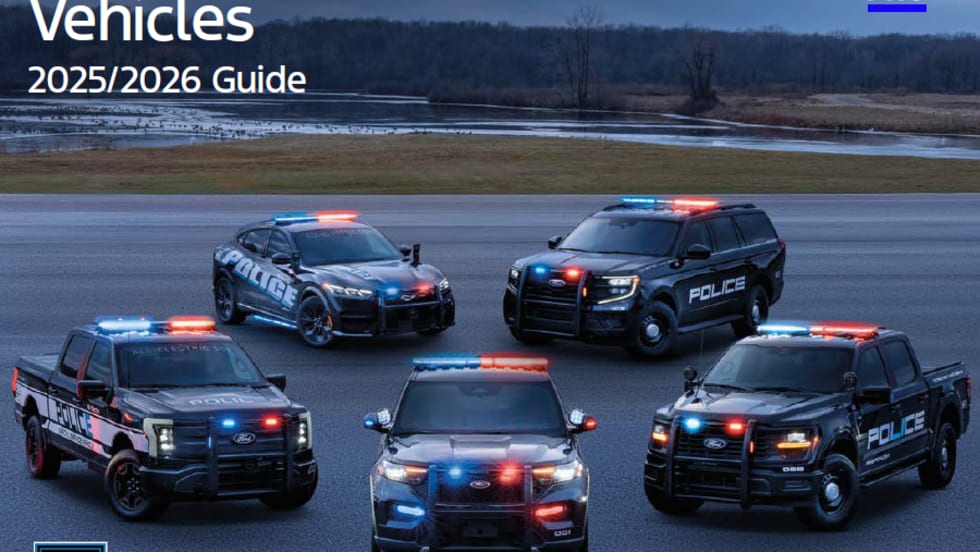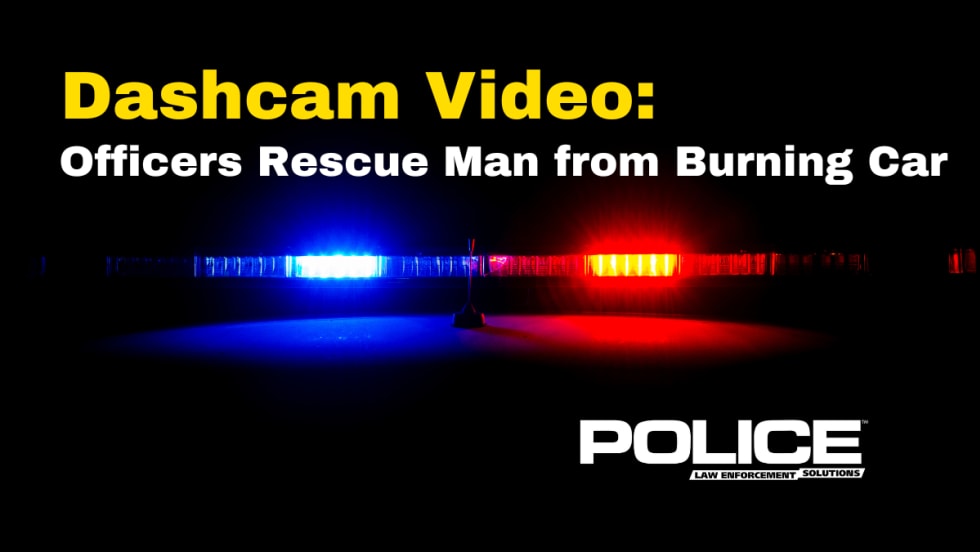“It gives you the ability to do it when it's convenient to you. You can do it fast, or you can take as long as you need to get where you need to be. They have all these practice tests, and I can guarantee that on all the ones that I've used online, if you've gone through and passed those tests and their final test, you'll do fine,” Werner adds.
At the Fort Wayne Police Department in Indiana, Officer Matt Rowland recalls the early days of his department's drone program when he was one of the four initial officers.
Two officers already had their pilot’s license (FAA Part 61) and had to take an additional online step to become FAA certified in drone operations, but he and another officer had to start from scratch.
“They sent us to a training class, which was mediocre at best. But in 2017, there wasn't training like there is today. So that's one thing that people have now, there are all kinds of training options out there to teach Part 107, to teach operations, and other aspects of using drones in law enforcement, to teach a whole bunch,” Rowland says.
It has been nearly a decade since Part 107 was enacted, and some departments have people with enough experience to hold the training in-house, points out Werner, but there are still even more growing training options.













